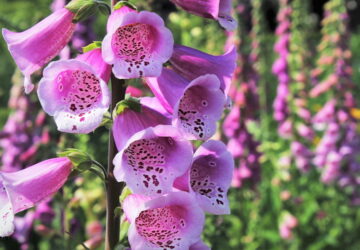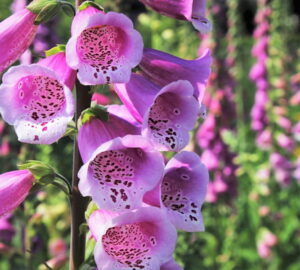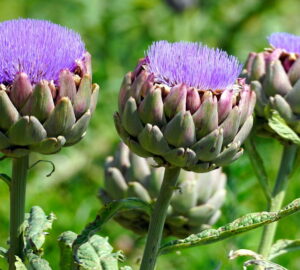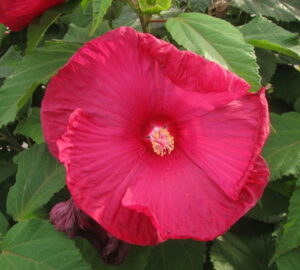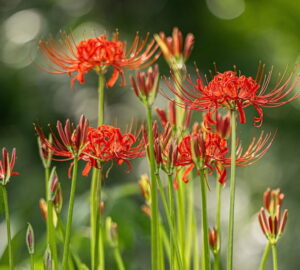The cosmos plant, a celestial delight for any garden, has captured the hearts of gardeners worldwide with its delicate, daisy-like flowers and easy-going nature. This article delves into the fascinating journey of the cosmos plant, from its origins to its rise as a garden favorite, and provides essential tips on how to nurture this botanical gem in your own backyard.

A Star is Born: The Origins of the Cosmos Plant
Native to Mexico and the southern United States, the cosmos plant belongs to the Asteraceae family. Its name, derived from the Greek word “kosmos,” meaning “order” or “harmony,” reflects the plant’s balanced and symmetrical floral arrangement. The cosmos was first introduced to European gardens in the late 18th century by Spanish explorers, and its popularity has since skyrocketed across the globe.

Ethereal Elegance: The Distinctive Features of Cosmos
Cosmos plants are known for their tall, slender stems, which can reach heights of 3 to 6 feet (90 to 180 cm). Their feathery, fern-like foliage provides a delicate backdrop to the vibrant blooms. The flowers, typically 2 to 4 inches (5 to 10 cm) in diameter, come in a spectrum of colors, including shades of pink, white, and red. The strikingly symmetrical petals encircle a golden yellow center, creating a visually captivating display.

Cosmic Show: When and How Cosmos Blooms
Cosmos plants are prolific bloomers, gracing gardens with their flowers from early summer to the first frost of autumn. These sun-loving plants thrive in full sunlight and can tolerate a variety of soil conditions, making them incredibly versatile. Deadheading, or removing spent flowers, encourages continuous blooming and keeps the plant looking fresh and vibrant.

The Rise of a Star: Cosmos as an Ornamental Garden Plant
Cosmos became a garden sensation in the 19th century, particularly in Victorian England, where their vibrant colors and delicate form made them a favorite in ornamental gardens. Their ability to thrive in less-than-ideal conditions and their minimal maintenance requirements only added to their appeal.
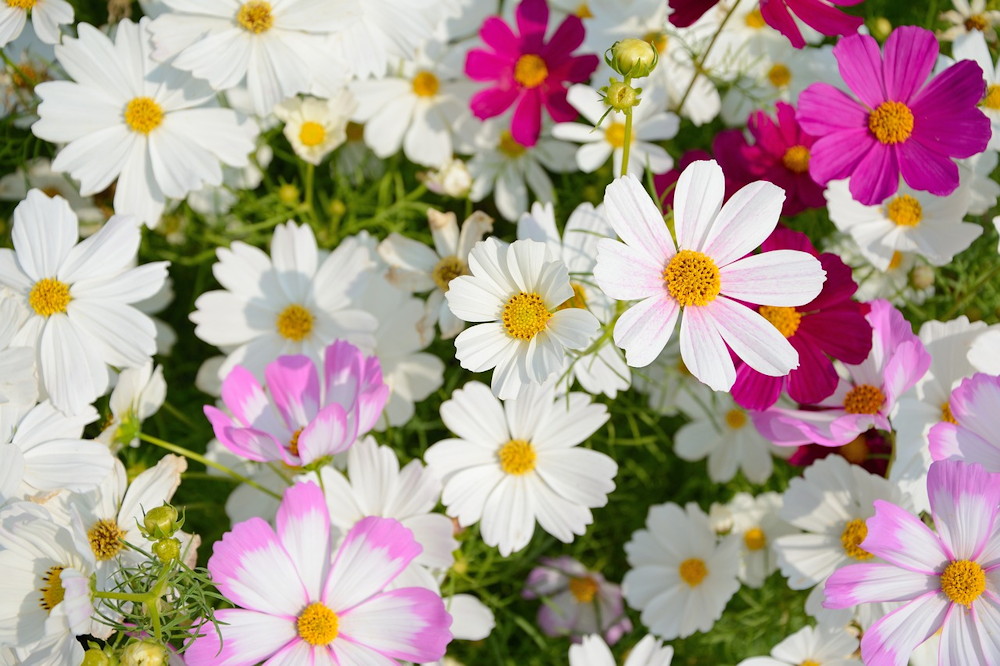
Cosmic Benefits: Advantages of Growing Cosmos
Cosmos plants offer several advantages that make them ideal for ornamental gardens:
- Long Blooming Season: With flowers from summer to autumn, cosmos provide continuous color in the garden.
- Attract Pollinators: These plants are magnets for bees, butterflies, and other beneficial insects, promoting a healthy garden ecosystem.
- Low Maintenance: Cosmos are drought-tolerant and can thrive in poor soil, requiring minimal care.
- Versatile Uses: Suitable for borders, flower beds, and even as cut flowers for arrangements.
- Self-Seeding: Cosmos can self-seed, ensuring a return of these lovely flowers year after year with little effort, despite being am annual.
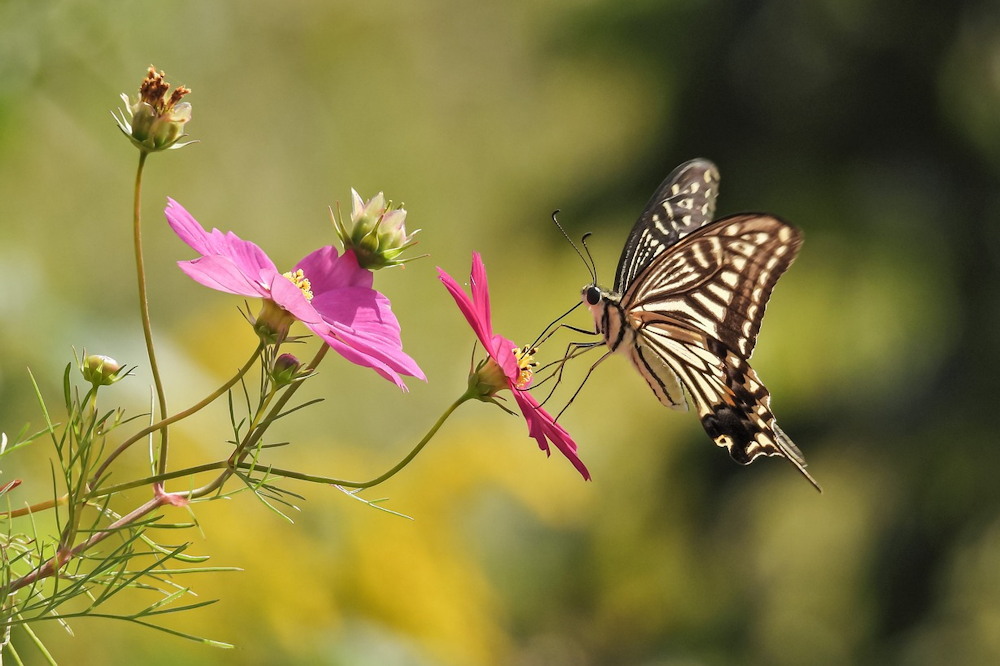
Galactic Guardians: Caring for Cosmos in Your Garden
Caring for cosmos is straightforward, making them perfect for novice and experienced gardeners alike:
- Sunlight: Plant cosmos in a location with full sun exposure.
- Soil: While they prefer well-drained soil, cosmos can tolerate poor soil conditions.
- Watering: Water sparingly; cosmos are drought-tolerant and prefer dry conditions once established.
- Deadheading: Remove spent flowers to encourage new blooms and prolong the flowering season.
- Support: Tall varieties may need staking to prevent stems from bending or breaking in strong winds.
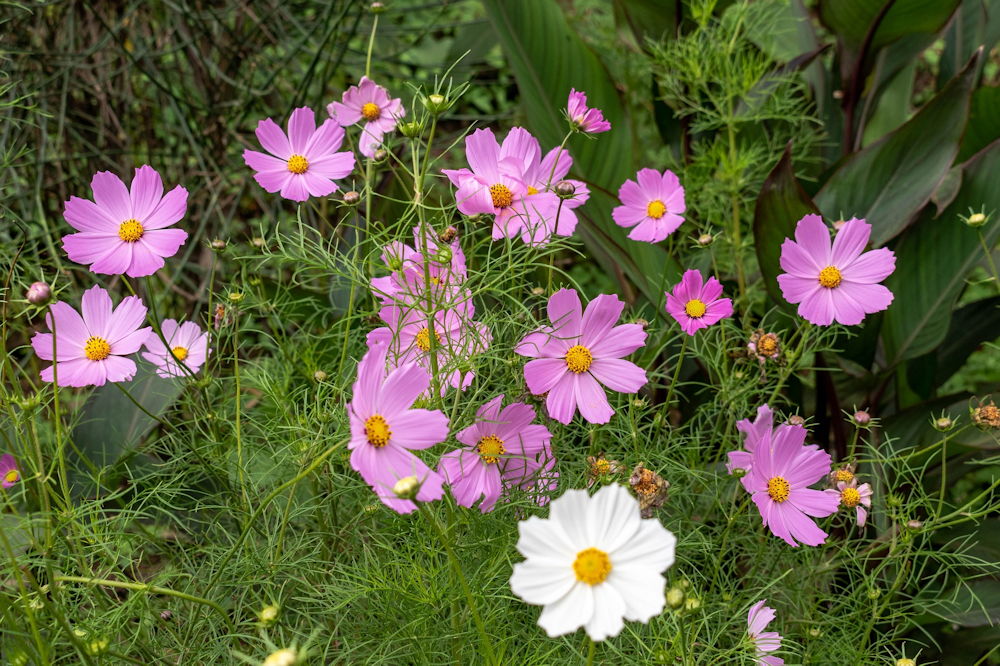
Cosmic Curiosities: Five Interesting Facts About Cosmos
- Symbolism: In the language of flowers, cosmos symbolize order, peace, and modesty.
- Historical Use: Aztecs used cosmos as a medicinal plant to treat various ailments.
- Diverse Species: The cosmos genus includes over 20 species, each with unique characteristics. Among them, Cosmos bipinnatus is the most commonly cultivated and recognized for its showy blooms and fern-like foliage.
- Edible Flowers: While not all species are considered edible, Cosmos sulphureus and Cosmos caudatus are known to be edible. These species’ flowers and leaves can be used in salads and as garnishes. Cosmos bipinnatus is generally not grown for culinary purposes, but its petals are non-toxic and can be used decoratively in culinary applications,
- Cosmic Connection: The plant’s name and orderly flower structure are a nod to the harmonious order of the cosmos in the universe.

In conclusion, the cosmos plant is a celestial gift to gardeners, offering beauty, ease of care, and a touch of whimsy. Whether you’re a seasoned gardener or just starting out, adding cosmos to your garden will undoubtedly bring a burst of color and joy that will last from summer through autumn.



